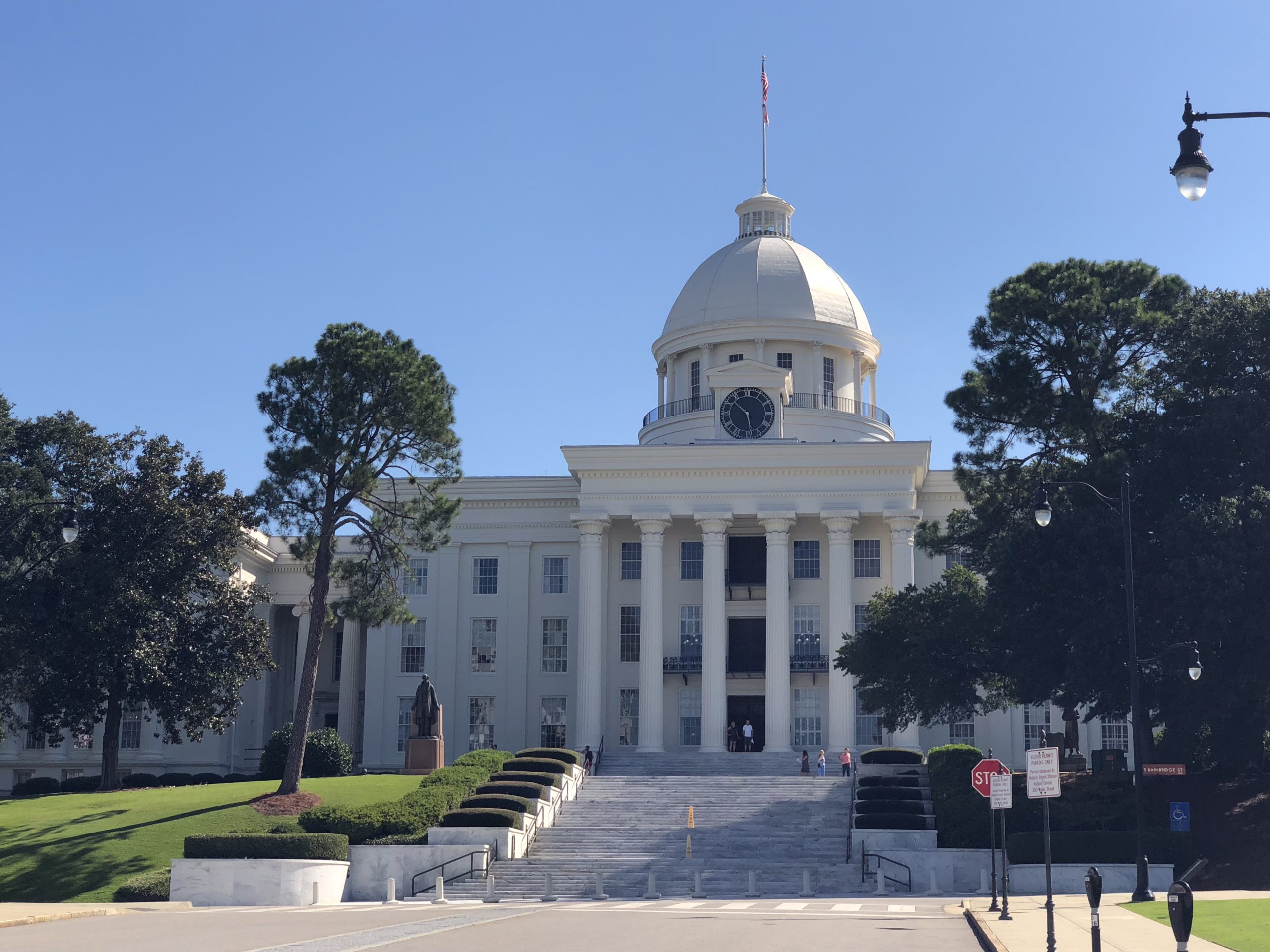Abraham Lincoln was elected as the 16th American president in late 1860. Among other things, he ran on a platform that opposed the expansion of slavery into western states. The agricultural powerhouses in the South relied heavily on African American slaves, particularly on labour-intensive cotton and sugar plantations. Such landowners saw Lincoln as a threat to their livelihoods. Leaders from seven Southern states met in Montgomery, Alabama, and decided to band together and secede from the United States. Their leader, Jefferson Davis, stood on the steps of the Montgomery State Capitol and announced the formation of the Confederate States of America. Four additional states joined shortly thereafter.
The American Civil War began with an attack on Fort Sumter in North Carolina in April 1861. Four years of heavy fighting and about a million deaths later, the Union triumphed and all Confederate forces surrendered. Each renegade state ratified the 13th, 14th, and 15th Amendments to the constitution, which outlawed slavery, granted citizenship to African Americans, and allowed African American men to vote, respectively. The states were readmitted into the United States.
Today, statues of Confederate leaders and tributes to Confederate soldiers receive prominent display throughout the South. We spotted a few at the Alabama State Capitol building in Montgomery, one of our first stops during our visit to the city. It struck me as very unusual for the losing side of a war to be so celebrated during the reign of the victors.
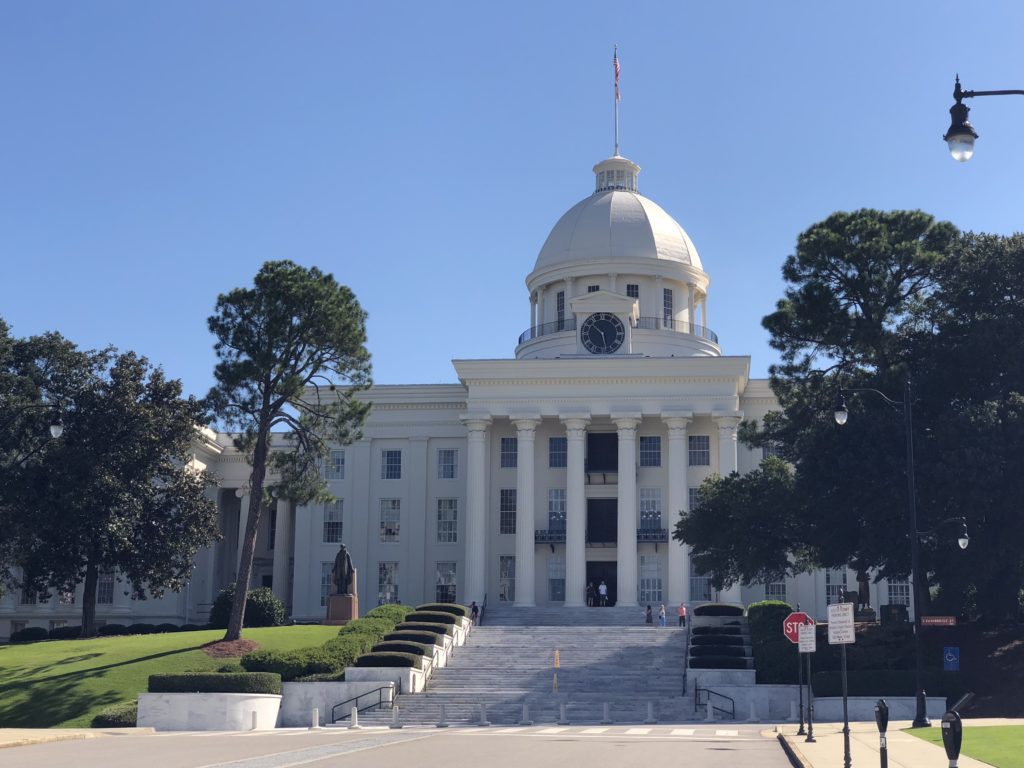

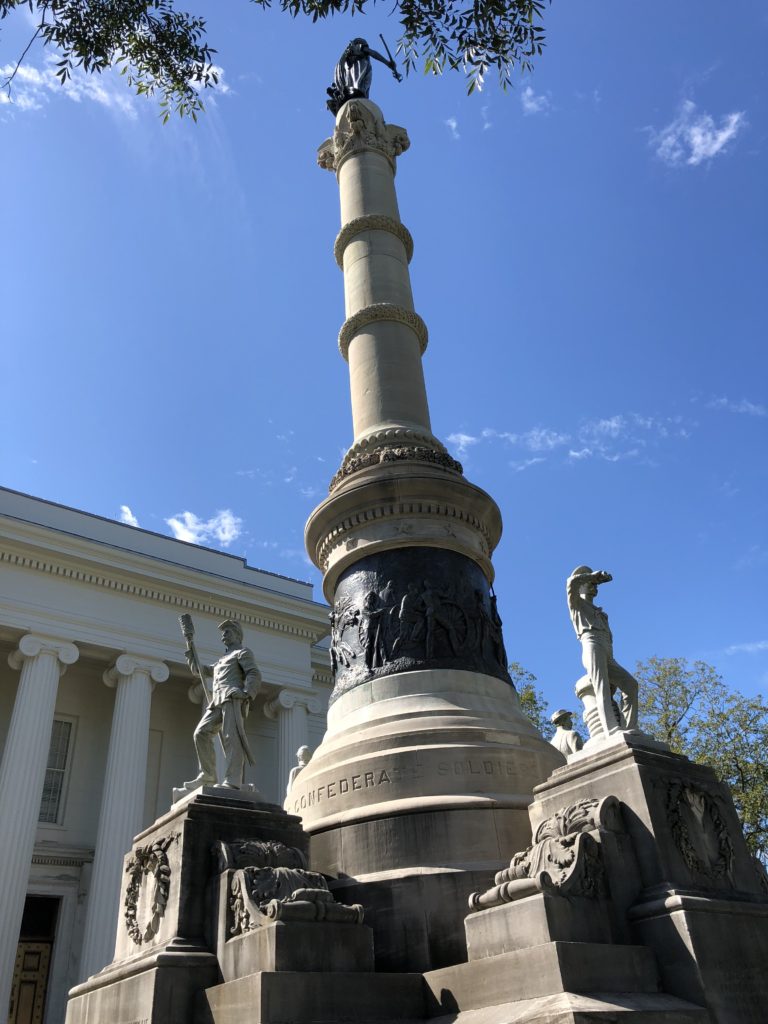
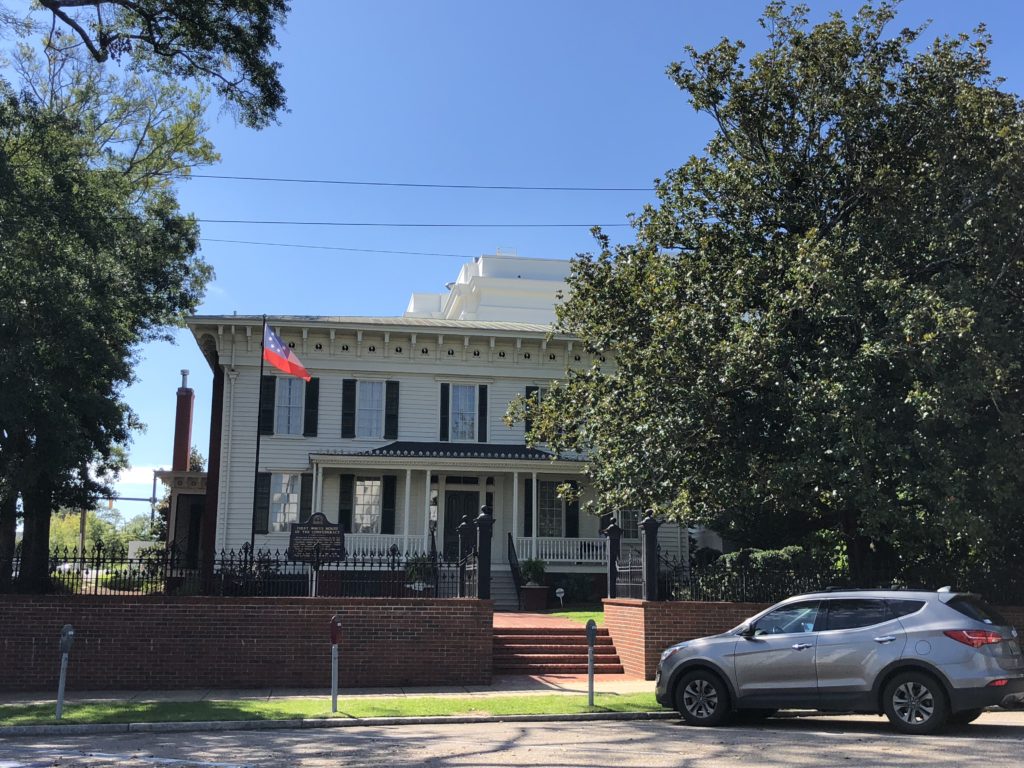
The Civil War ended slavery, but it did not end racial discrimination. A turbulent “Reconstruction” era followed the war, with federal and state governments at odds and the path forward unclear. Many feared a second civil war. Ultimately, racial segregation became the law, African Americans were disenfranchised and subjected to economic oppression and violence (such as the rise of the Ku Klux Klan). These were dark times for many.
Disenfranchisement was achieved through all sorts of voter suppression tactics – voting taxes, voting tests, outright obstruction, and violence. Not being able to vote meant no one representing your interests in Congress. It also meant not being represented in the jury box. While the constitution gave all people the right to vote, the federal government failed to enforce it. The system of racial segregation became known as the “Jim Crow” laws, a mishmash of various local laws and ordinances that enabled segregation. This was further “legitimised” by the Supreme Court’s famous “separate but equal” ruling in Plessy vs. Ferguson (1896), and subsequent federal segregation legislation. Many African Americans made the “Great Migration” to northern states over the following decades.
The fight against all this became known as the Civil Rights Movement. It has a long history of lobbying and litigation for equal rights over many decades, but went through a particularly crucial period of “direct action” between 1955 and 1965 – including boycotts, sit-ins, marches, and other forms of action intended to bring about change. One of the first such events occurred in Montgomery, and began at the very bottom of Dexter Avenue.
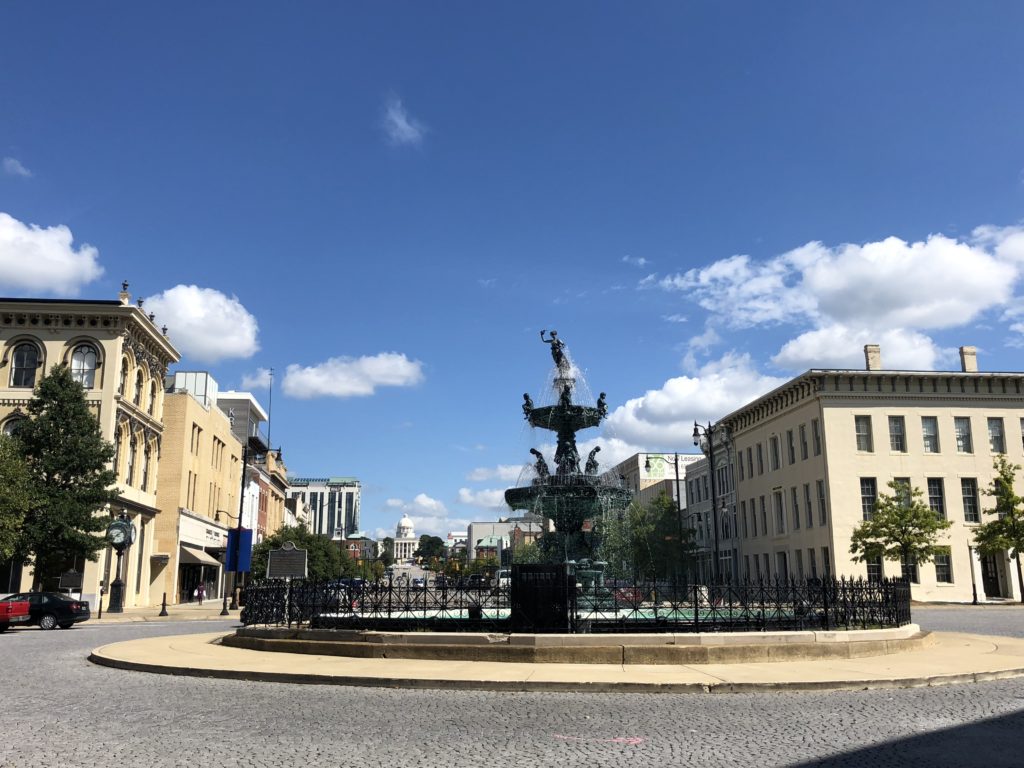
The 42-year old Rosa Parks boarded a city bus after work, heading down Montgomery Street. She found a seat near the middle of the bus in the segregated “colored” section. More people got on at the next stop leaving people standing. As was customary, the driver expanded the “white-only” section by moving the “colored” sign further back. Rosa Parks was asked to move to the back of the bus, to the now-smaller “colored” section. She refused. She refused numerous times, and was finally arrested and fined. She later said that she was not tired from the day’s work, she was tired of giving in.
Rosa Parks was not the first to refuse to give up her seat, but her arrest galvanised African American leaders to organise a boycott of the bus system on her scheduled day in court a few days later – promoted with about 50,000 leaflets asking people to stay off the buses. The success of this action led to the creation of the Montgomery Improvement Association and the decision to continue the Montgomery Bus Boycott. The 382-day boycott became the “first sustained mass demonstration against segregation in the country”. An estimated 90% of the town’s African Americans participated in the boycott, and given that they comprised the majority of ridership, the economic impact on the bus company must have been significant. The boycott ended after the US Supreme Court confirmed that segregated bus seating was unconstitutional, and the city repealed its local bus segregation laws.
Today you can learn about this history in detail at the excellent Rosa Parks Museum located right next to where she was arrested in December 1955.
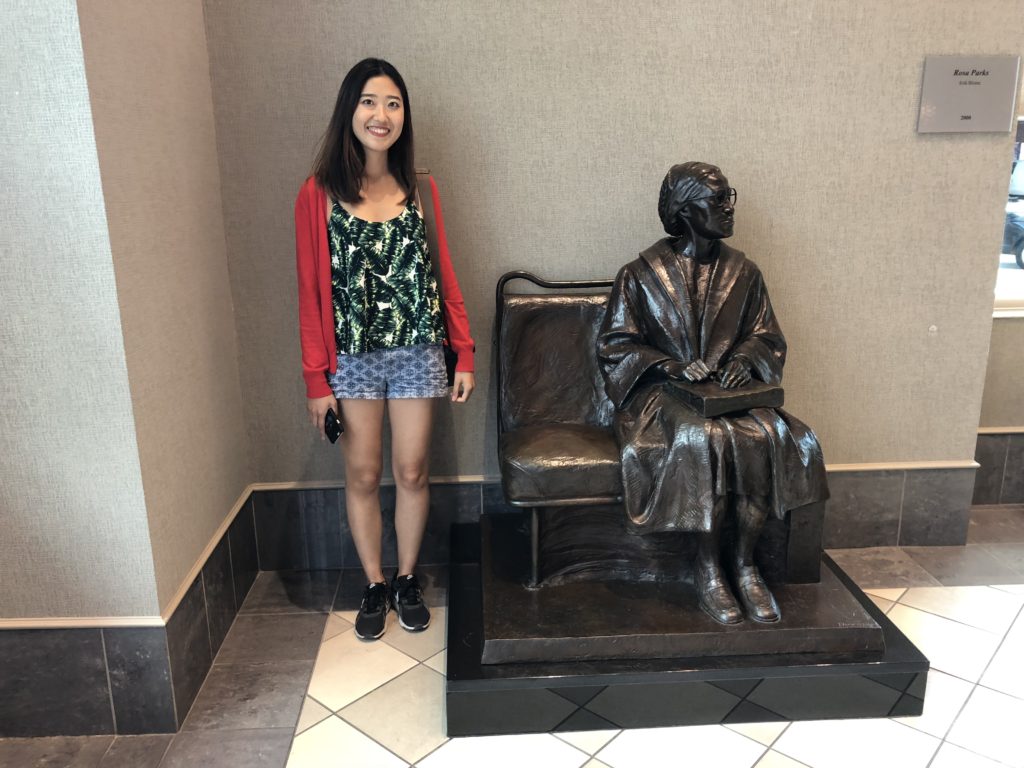
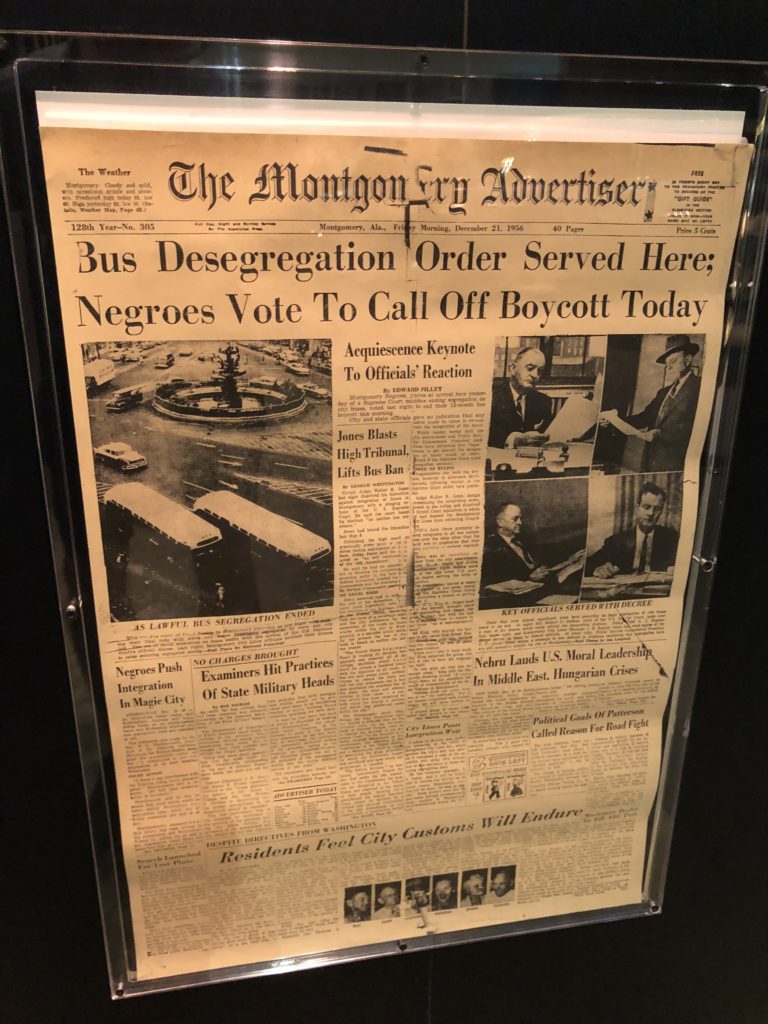
Martin Luther King Jr. was born in Atlanta, and after college he followed in his father’s footsteps by attending seminary school and entering the ministry. In 1954, at the age of 25, King was called as pastor of the Dexter Avenue Baptist Church in Montgomery.
A year later, after the arrest of Rosa Parks, the newly established Montgomery Improvement Association elected the young and mostly unknown King as its leader. The 13-month Montgomery Bus Boycott thrust King into national prominence, and put his eloquent and powerful oratory and his message of nonviolent resistance on full display. Despite arrests and his house being bombed during the boycott, King persevered under the belief that “justice and equality would never come while segregation remained, because the basic purpose of segregation was to perpetuate injustice and inequality”.
The Dexter Avenue Baptist Church, built in 1885, still functions today and we joined a tour of the building. Jim Crow era laws made public assembly difficult of even illegal for African Americans back then, and so most civil rights-related movements began in churches where people were allowed to gather and organise more easily. King served as pastor here from 1954 to 1960, during which time he was transformed into a national figure and the best-known spokesman of the Civil Rights Movement.
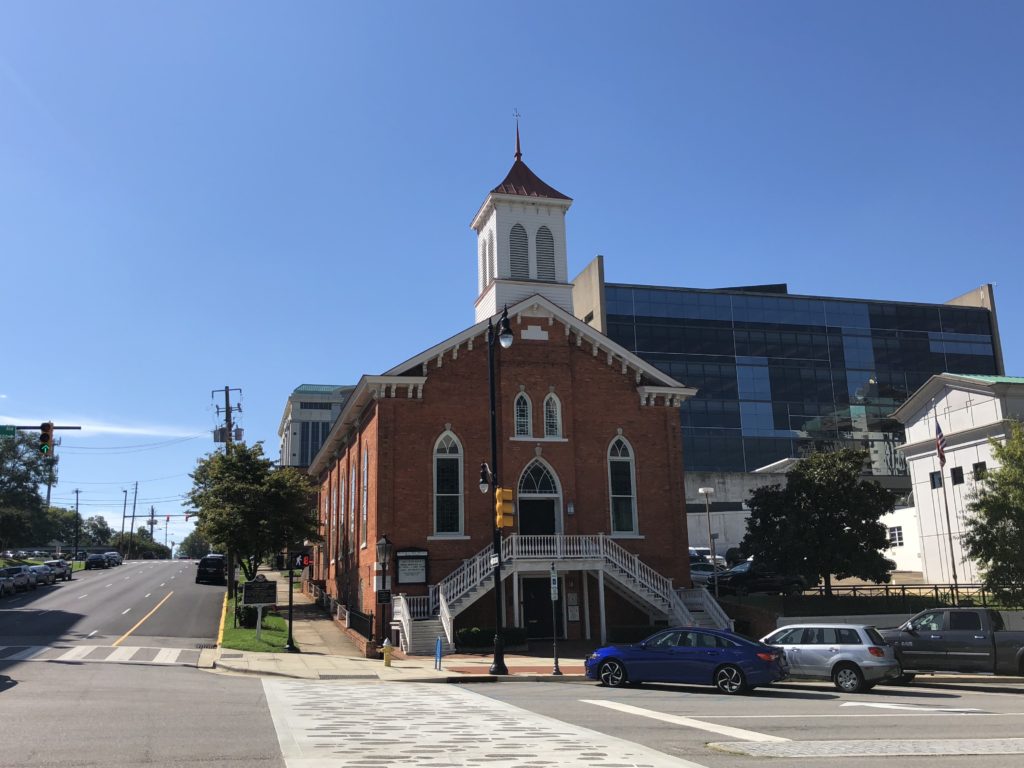
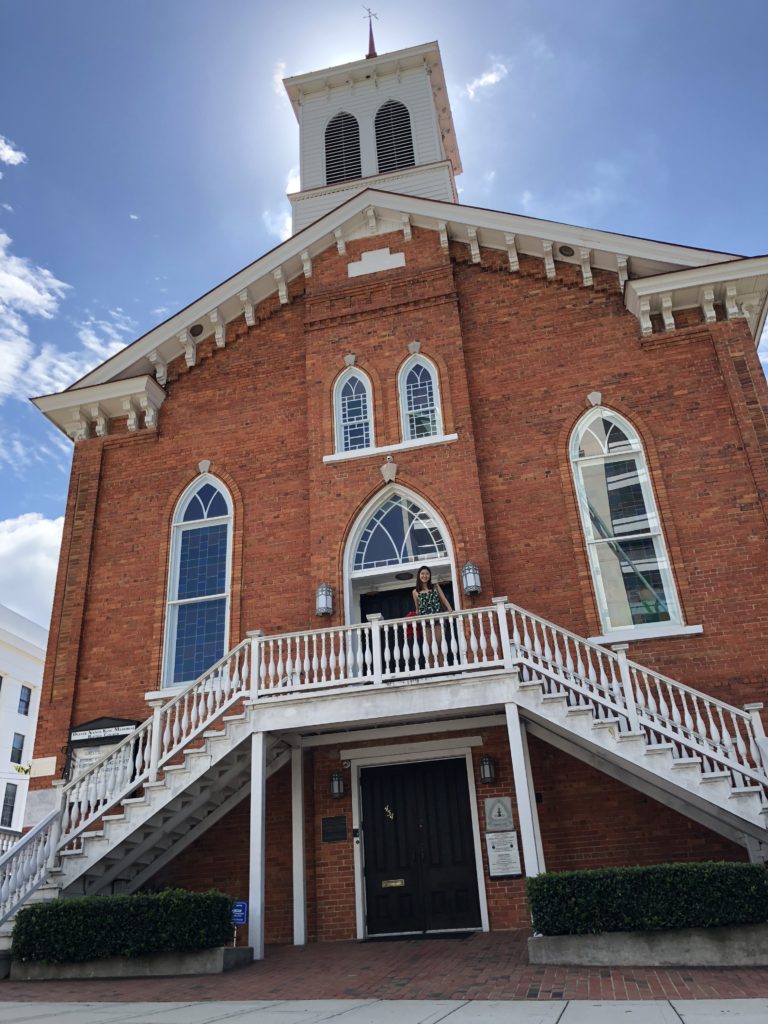
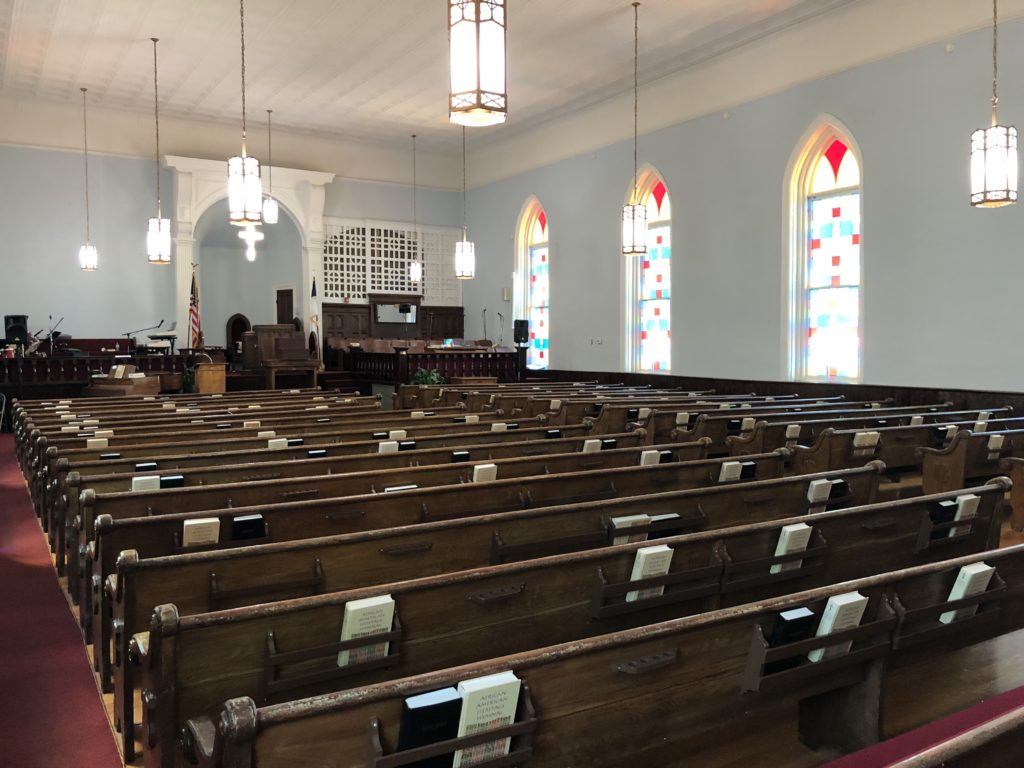
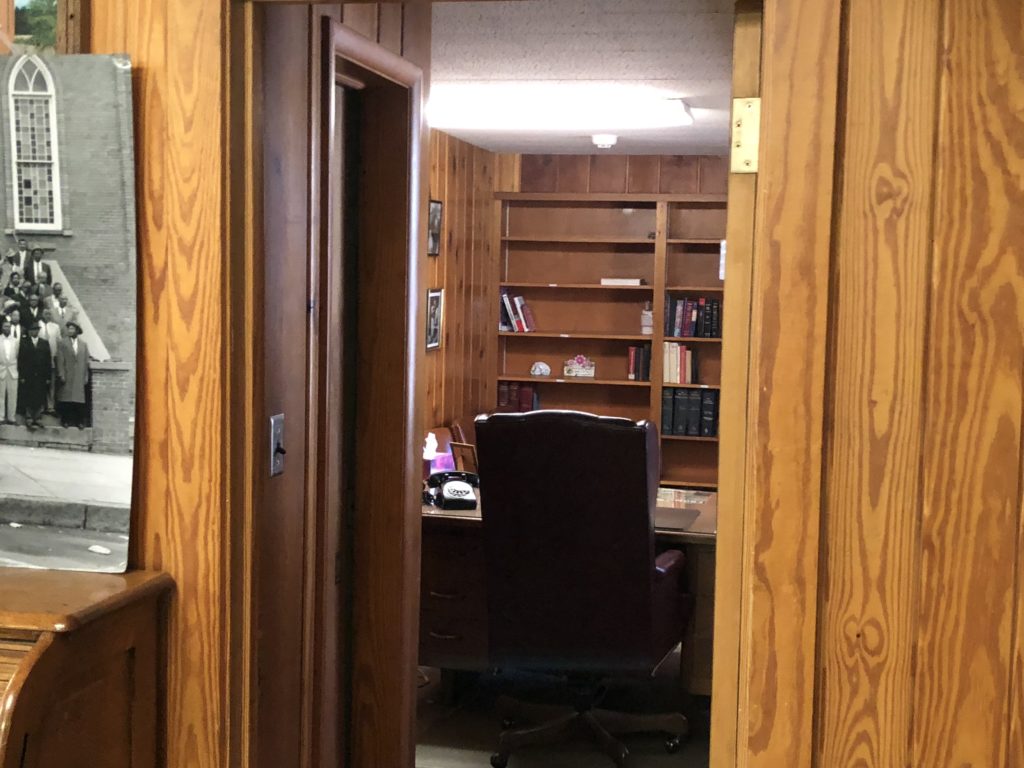
Around the corner is a Civil Rights Memorial with some interesting displays on the movement.
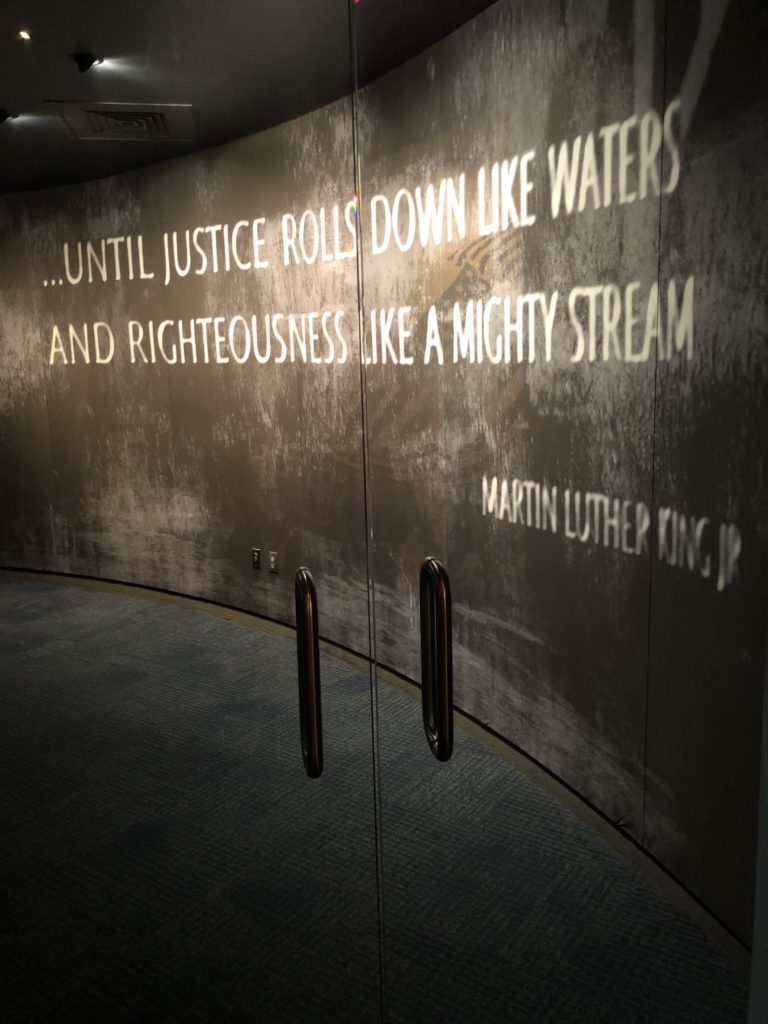
We decided to try a Southern classic for lunch – Waffle House. It was not amazing.


Montgomery is also where Hank Williams started his music career in 1937. The highly popular country music singer and songwriter had 35 singles reach the Billboard list of top ten country songs, had a meaningful influence over the next generation of rock ‘n roll musicians, and tragically died at the young age of 29. He is celebrated in the city with a statue and a museum.
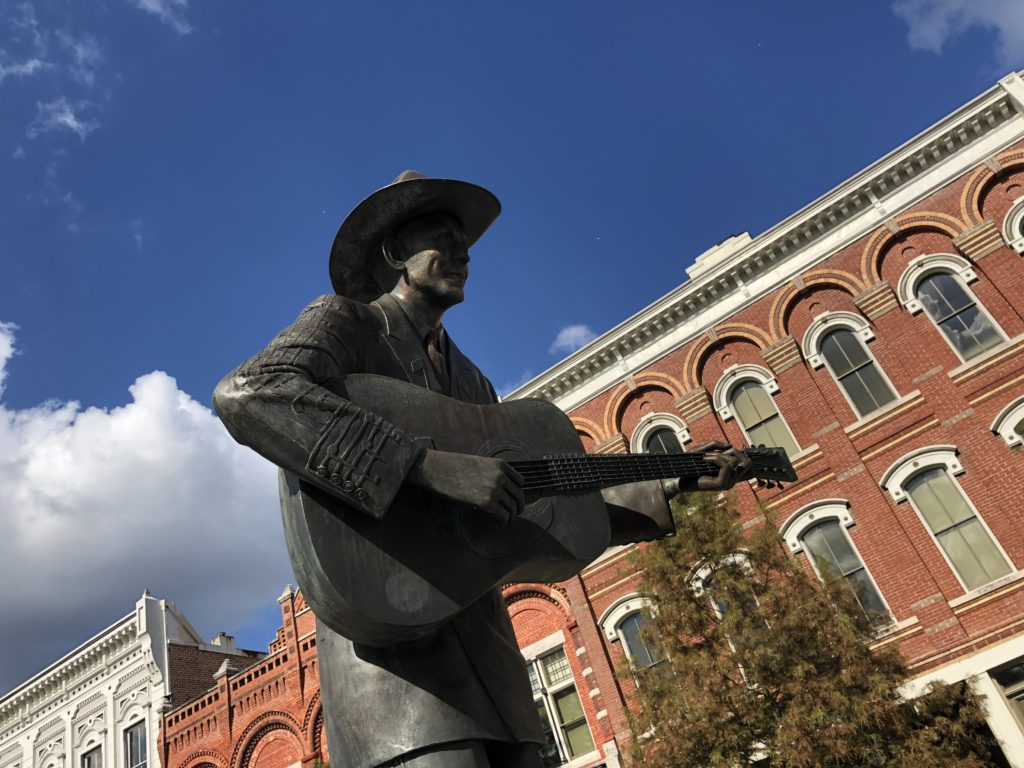
Montgomery (pop: 200,000) is a great town to walk around – wide avenues, interesting architecture. We stopped by the city’s pleasant riverfront on a big bend of the Alabama River.


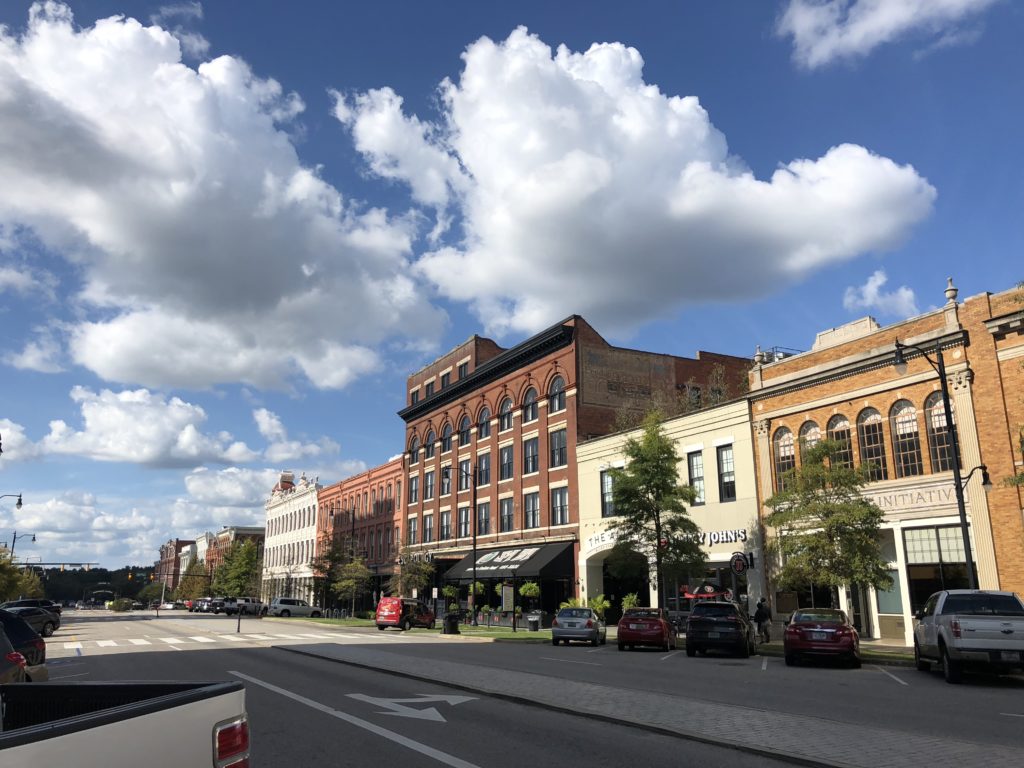
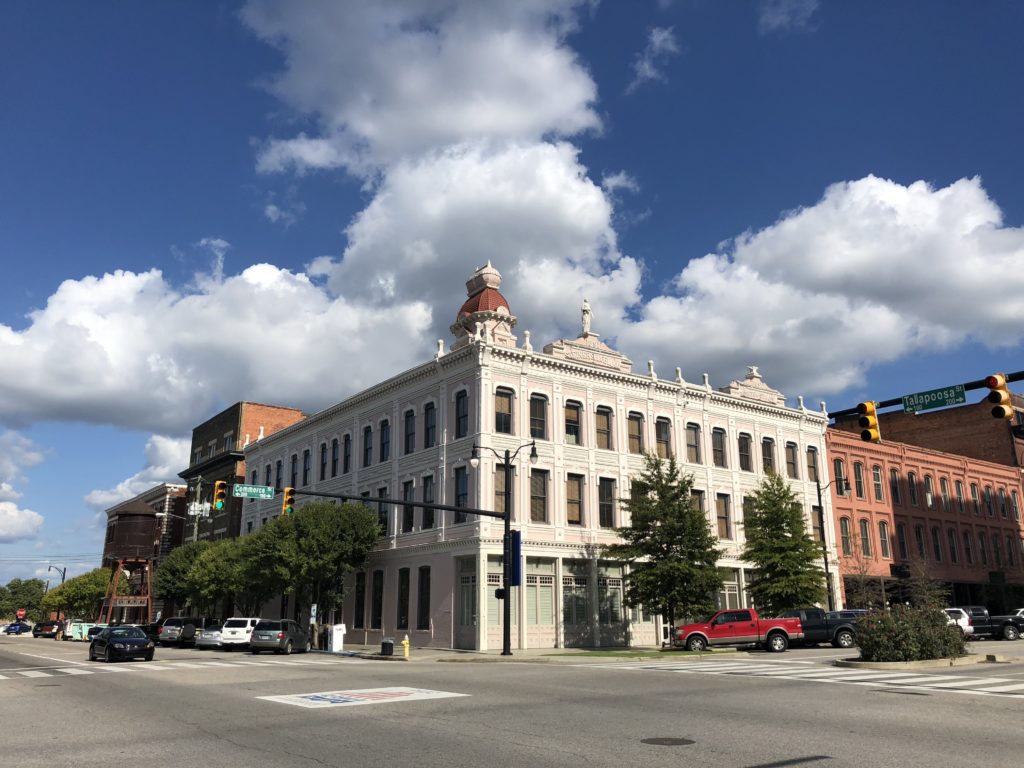
Continuing on the Civil Rights trail, we set off for the nearby town of Selma.

